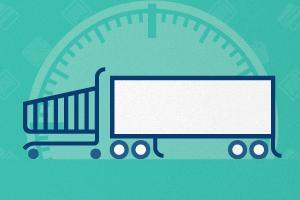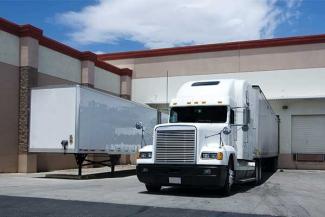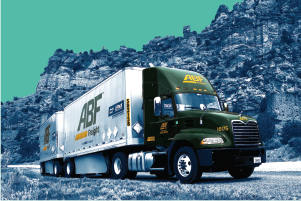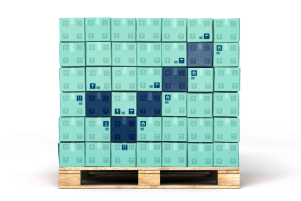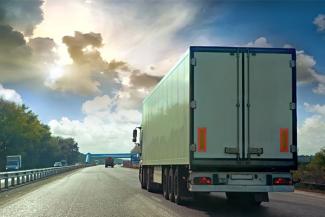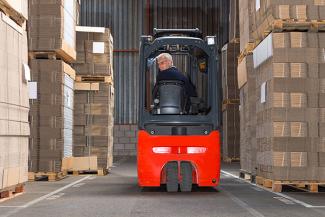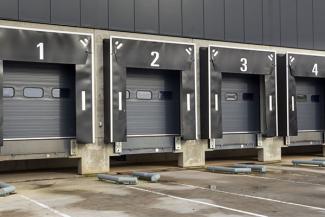Benefits of Dedicated Transportation
Is dedicated transportation right for your business?
Do you need more capacity in areas where you have recurring shipments? Do you already have a fleet, but need specific equipment for some specialized freight? And are you concerned about the costs involved with adding people and equipment? If so, dedicated transportation may be exactly what you need. It offers reliability — even in times of limited capacity and driver shortages —and it takes the responsibility of sourcing capacity off your plate.
Premium Cargo Coverage
Protect your investment against the unexpected
Is standard liability coverage sufficient for your freight? Would the unlikely event of loss or damage have a significant negative impact on your business? If so, ArcBest® now has a solution designed to help put your mind at ease.
Improving Vendor Compliance Performance
Vendor compliance doesn’t have to be complicated
Every retailer has requirements in place to streamline its shipping and receiving processes. And meeting them is key to a vendor’s success. Failure to comply with assigned delivery times, labeling practices and other shipping procedures can result in financial penalties and damaged relationships. But because compliance means different things for each retailer, vendors can struggle to meet the varying conditions of when, where and how they may deliver goods. That doesn’t mean the two are working against each other, though.
Message regarding possible UPS Freight service disruption
ArcBest has received many questions from customers about the notification issued by UPS Freight on November 1 regarding its less-than-truckload operations. In a transportation marketplace already constrained by available capacity, know that we’re actively monitoring the situation and possible service disruption at UPS Freight.
Shipping High-Value Freight with ArcBest
Transporting high-value freight
Shippers always place high importance on a carrier’s ability to deliver freight without incident, but when the shipment is high-value or sensitive, it’s even more essential. With this type of freight, it’s necessary to work with an experienced carrier that understands things like packaging best practices, the best modes of transportation for a specific type of shipment, and in-transit protection.
Benefits of an Efficient Reverse Logistics Process
Optimizing your company’s reverse logistics system
What happens to your products after the point of sale? Are they easily returned if they’re faulty, recyclable if they’ve reached end-of-life, or able to be repaired? If the answer to these questions isn’t known, or the process to make those events happen isn’t well-defined, your reverse logistics system may not be operating at peak efficiency. Take a look at the benefits of an optimized approach, and get tips for improving your processes.
E-Commerce Order Fulfillment: How the Supply Chain has Evolved
Fulfilling online orders and meeting consumer demand
We’ve all done it — researched a product we wanted to buy, read some reviews, selected an item, put it in our cart, and provided our payment information. We may have even paid extra for faster shipping. When we finished, we closed the tab (or the app) and waited for the product to arrive. It’s a simple process that most of us do regularly, but any e-commerce retailer knows that getting a customer to click the “buy” button is only half the work. Now it’s time to fulfill the order and get the product where it needs to be.
How Consolidated Shipping Helps Improve Supply Chains
Why shippers should consider consolidating freight
Consumer buying behavior has changed. As the convenience of ordering products online continues to increase, expectations for faster deliveries increase, too. Customers are no longer willing to wait weeks to receive deliveries or pay high shipping fees. Instead, the growth of e-commerce has led to customers asking for same-day and next-day delivery at the lowest possible rate. So, how can shippers keep up with this frenzy of ordering and ever-increasing demand, all while keeping customers happy? By consolidating shipments.
The Importance of Geo-fencing Technology in the Trucking Industry
Use geo-fencing technology to protect your freight
Imagine this: You’re shipping two trailers full of electronics with a combined value of $8 million. The carrier you hired loads the freight on a Monday and has strict rules to go directly to the destination for delivery on Tuesday evening. Except the trailers never show. Six months later, they’re still nowhere to be found, and you’re out millions of dollars.


